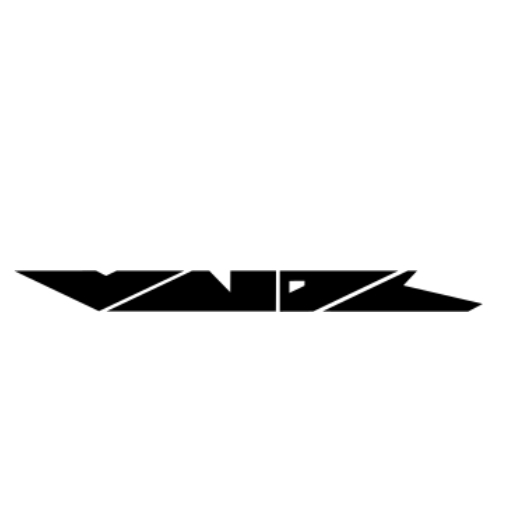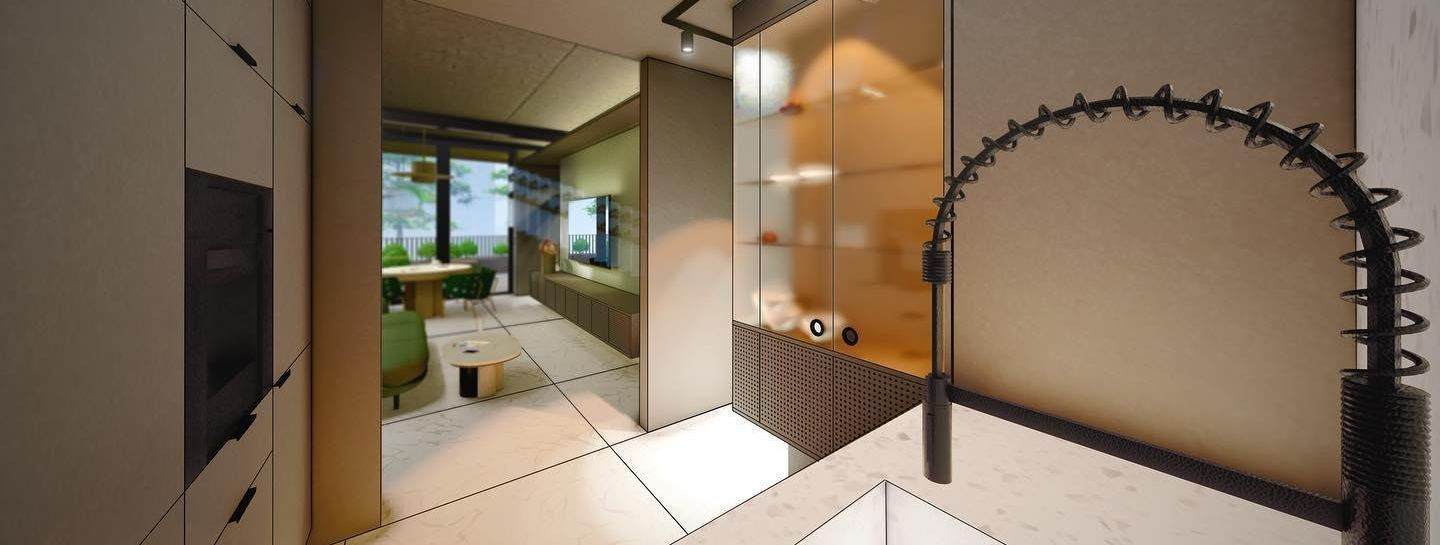5 trends shaping the future of architecture
Architecture is not just about creating buildings; it's about shaping the environment and reflecting the values of a society. As we look to the future, several key trends are emerging that promise to redefine the architectural landscape. These trends are driven by a combination of technological advancements, environmental concerns, and changing social dynamics.
Trend 1: Sustainable and Eco-Friendly Design
With climate change at the forefront of global discourse, sustainable design has become a non-negotiable aspect of architecture. This trend encompasses the use of green building materials, renewable energy sources, and biophilic design principles that connect inhabitants with nature.
Architects are increasingly opting for materials that are sustainably sourced and have a low environmental impact. This includes recycled materials, sustainably harvested wood, and low-emission products.
Integrating renewable energy sources like solar panels and wind turbines into building designs is becoming more common. This not only reduces the carbon footprint of buildings but also leads to long-term cost savings.
Biophilic design is about creating a human-centered approach that improves connectivity to the natural environment through the use of direct nature, indirect nature, and space and place conditions.
Trend 2: Technological Integration in Architecture
The infusion of technology into architecture is revolutionizing the way buildings are designed, constructed, and operated. Smart home systems, Building Information Modeling (BIM), and 3D printing are at the forefront of this trend. Smart homes are becoming the standard, with systems that allow for the control of lighting, temperature, security, and more, all from a smartphone or other devices.
BIM technology allows for the creation of digital representations of physical and functional characteristics of spaces. This facilitates better decision-making and coordination during the construction process. 3D printing is being used to produce complex building components with precision and efficiency, reducing material waste and labor costs.
Trend 3: Modular and Prefabricated Construction
Modular and prefabricated construction methods are gaining popularity due to their efficiency, waste reduction, and the speed at which buildings can be erected. These methods are more efficient and produce less waste than traditional construction, as components are manufactured in a controlled environment.
Modular construction allows for a high degree of design flexibility and customization, catering to the unique needs of clients. Buildings can be assembled much faster than traditional methods, significantly reducing the time from design to occupancy.
Trend 4: Adaptive Reuse and Renovation
Adaptive reuse and renovation of existing buildings are becoming more prevalent as a means to preserve historical value while modernizing spaces for current use. Architects are finding innovative ways to preserve the character and history of old buildings while retrofitting them for modern functionality.
Updating older structures with modern amenities and technologies can give them a new lease on life and make them more energy-efficient. Adaptive reuse often has significant environmental and economic benefits, reducing the need for new materials and preserving cultural heritage.
Trend 5: Emphasis on Community and Shared Spaces
The future of architecture also includes a stronger emphasis on community and shared spaces. This trend is about creating environments that foster social interaction and a sense of community. Architects are increasingly designing spaces that encourage people to come together, whether in public parks, community centers, or shared workspaces.
Mixed-use developments that combine residential, commercial, and recreational facilities are becoming more common in urban planning, promoting a vibrant community life. Ensuring that spaces are inclusive and accessible for all is a key consideration in contemporary architecture, reflecting a commitment to social equity and diversity.
Explore the future of architecture with VNDL ARHITEKTUUR OÜ. Contact us for innovative and sustainable architectural solutions that resonate with the times.






Comments (0)